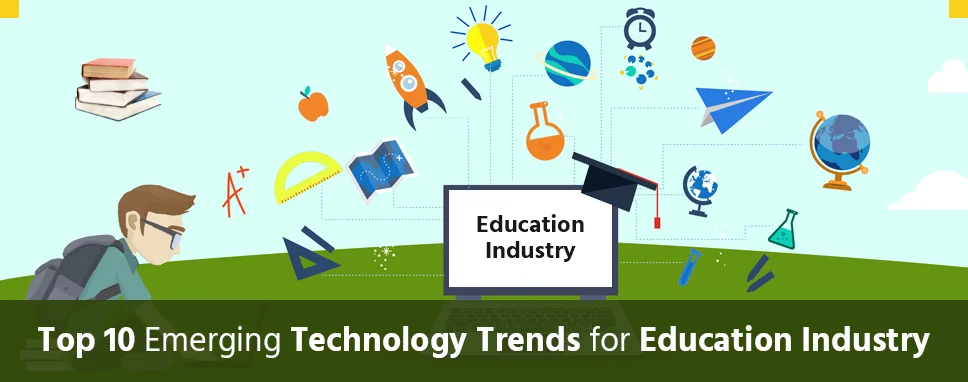“1. We recommend a team collaboration tool: any platform or app that allows people to connect to the platform or app, add and edit content, communication with team members, and work either independently or collectively depending on the project needs.
2. Team collaboration tools in the education industry will be even more important in 2021 with many workers out of the office. In any year, team collaboration tools allow employees to work asynchronously and conserve time instead of aligning synchronous meetings. Collaboration tools provide great frameworks and templates for viewing content and people's contributions in new ways. For example, imagine how you might design a blueprint of a marketing strategy. Boxes, arrows, and text might flow from left to right as we move from conception to success. Now imagine someone else has both a different strategy and a different visual layout (from top to bottom instead of left to right). By putting these strategies online, we can see which ideas are shared, which ideas differ, and how we could arrange the flow in a shared flow. Beyond sharing content, employees can interact to leave comments, make edits, link to sources, upload documents, export content, and even start audio or video chat session.
3. Team collaboration tools should be secure especially if you are working with sensitive material or need to comply with company security protocols. Tools should cost some money to unlock all the features (all great tools will have tiered subscriptions) yet be affordable for the company to purchase (think 10-20 USD per month per user). Finally, tools need to be intuitive and easy to use. There will always be a learning curve with any new platform or tool, and the basics should be quick to pick up with more advanced features easy to learn and experiment with. If tools are cumbersome or intimidating, users will stay away.
4. We use a variety of collaboration tools including Slack and Google Drive, and our most popular among internal and external teams is Miro. Miro is a super-powered online whiteboard that allows teams to create content, upload content, build templates for workflows and strategies, use Miro's built-in templates, host files, embed links and iframes, vote, chat live, and export material. Best of all, each board's owner can set up different security settings to allow no outside access, allow viewing, allow commenting, or allow full collaboration and input. These permissions can be changed at anytime. Short-term team members don't even need a Miro account as they can comment and edit as an anonymous user if needed. We use this feature in a lot of our short-term workshops.
5. To get the most out of a collaboration tool, show your team members how easy it is to use. Show them how the end result and benefits of using the tool. Experiment with it together during an in-person or live virtual meeting and have fun playing around while learning the features. If needed, attend a workshop (Miro has many every month) or bring an outside facilitator to run custom tutorials for the team.”
- Robert Kienzle, Senior Consultant at Knowmium





















